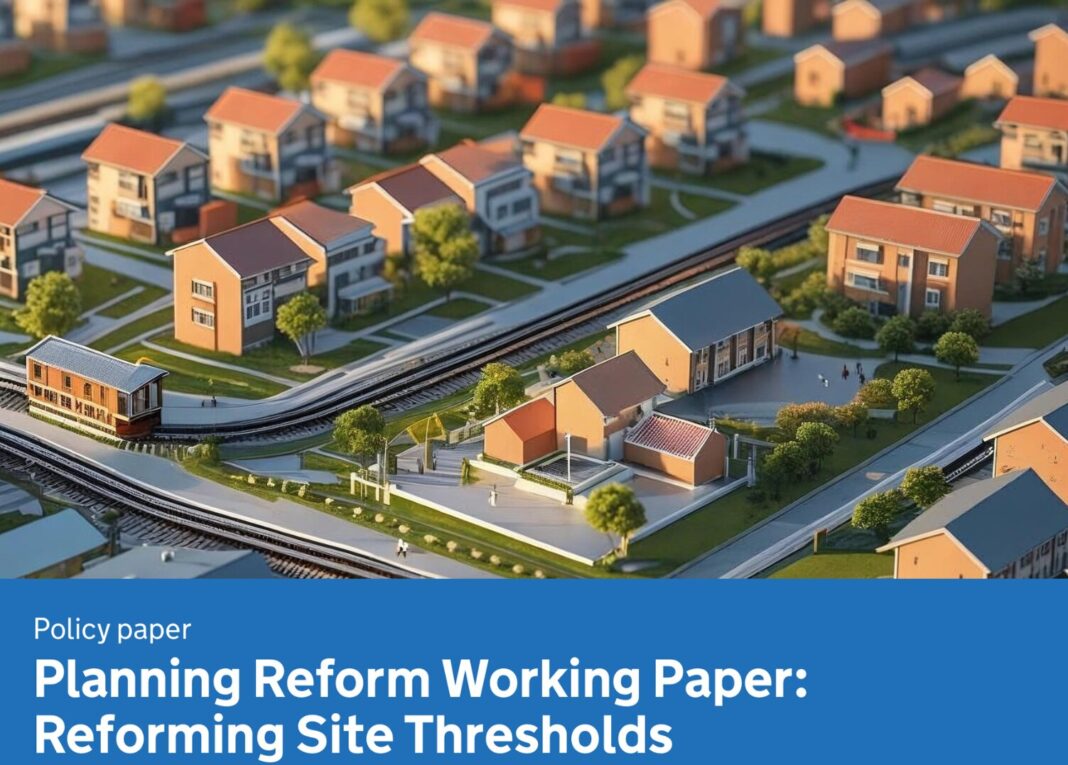Professional body Propertymark has called on the UK Government to reduce planning barriers and streamline regulation to support small and medium-sized housebuilders in delivering its target of 1.5 million new homes during the current Parliament.
In a detailed response to the Ministry of Housing, Communities and Local Government’s consultation on Reforming Site Thresholds, Propertymark argued that easing constraints on SMEs is essential if government ambitions for housing supply are to be met.
The consultation forms part of wider planning reform efforts aimed at accelerating housebuilding, particularly on smaller sites. Propertymark highlighted that SME developers are typically more agile than large housebuilders, better equipped to respond to local demand for different property types and tenures, and more likely to build on brownfield land.
However, they are increasingly being squeezed out of the market. According to Propertymark, larger developments of more than 500 units now account for 38% of all new schemes, up from just 8% a quarter of a century ago.
BURDEN ON SMALL FIRMS
This shift is partly due to the greater complexity and cost involved in securing planning permission across multiple smaller sites — a burden that disproportionately impacts smaller firms.
The organisation warned that this trend has contributed to slower overall delivery, as large schemes often take years to complete, whereas smaller projects can be built out more quickly once consent is secured.
REDUCE RED TAPE
To address these challenges, Propertymark recommends that the Government reduce red tape, simplify planning processes, and shorten the statutory timeframes for determining applications.
It is also calling for local planning authorities to receive more resources to support developers in meeting environmental requirements, such as Biodiversity Net Gain assessments, which are often cited as a barrier to permission.
Additionally, Propertymark emphasised the need for investment in training and recruitment to address growing labour shortages in the construction sector, which could otherwise limit the industry’s capacity to deliver new homes at scale.
BUILDING SAFETY LEVY
It also raised concerns over the proposed Building Safety Levy, arguing that it must be proportionate and targeted at those responsible for installing unsafe cladding – rather than penalising developers with no involvement in historical building safety failures.

Henry Griffith, Policy and Campaigns Officer at Propertymark, says: “Propertymark fully welcomes any efforts to help the UK Government meet their ambitious target of constructing 1.5 million new homes in England by 2029, which is why helping SMEs is crucial if they are keen on hitting this ambitious aim in less than five years’ time.
“This can only be achieved via a streamlined planning process that boosts the number of properties being constructed, alongside other measures such as local councils investing in ecologists to help developers through planning applications, and by targeting the Building Safety Levy appropriately.”









